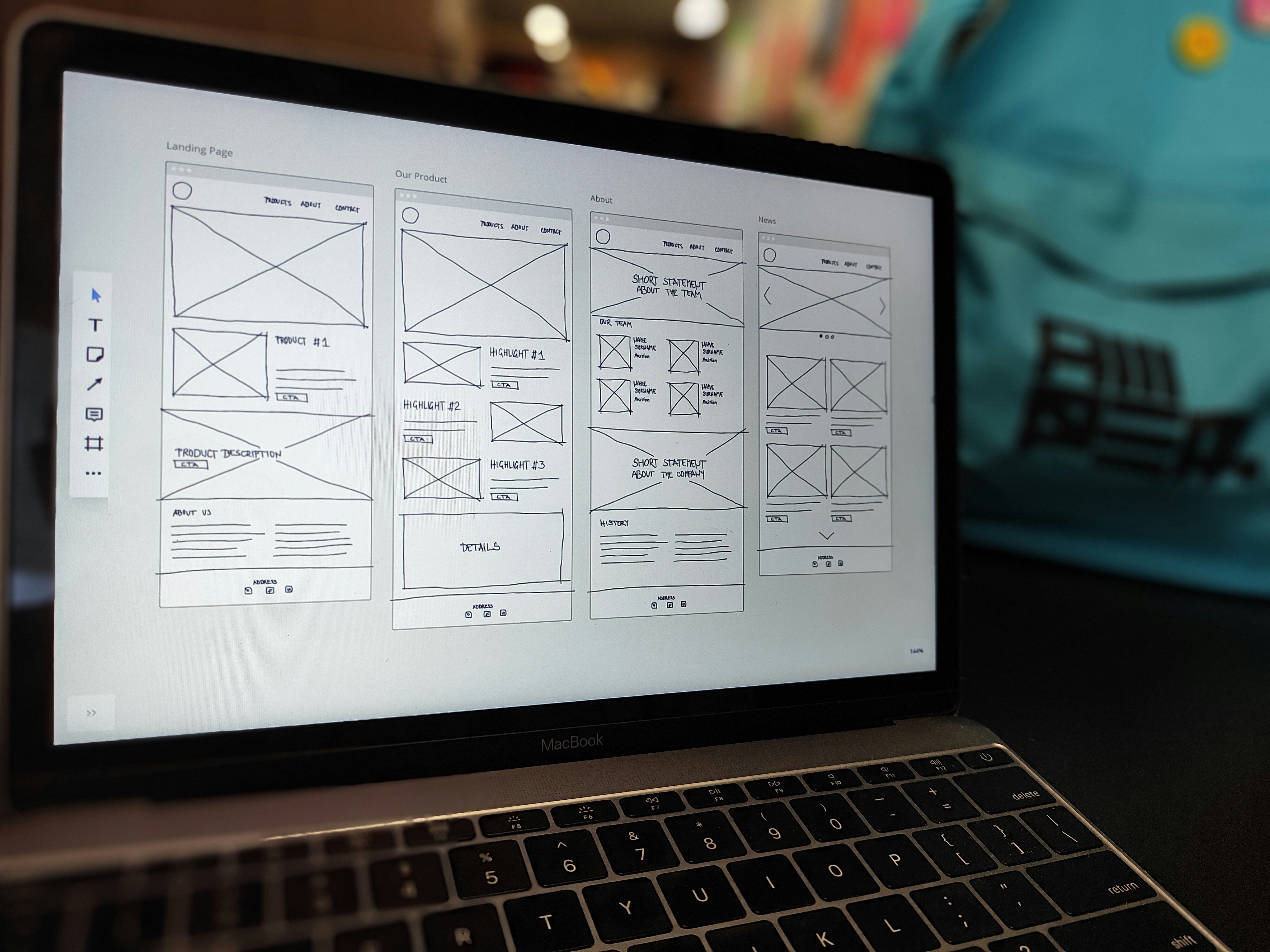How to Redesign Your SaaS Product for Better User Retention
User retention is the foundation of SaaS success. If you’re having trouble keeping existing users, it may be time to consider a strategic product...
3 min read
Written by Laura MacPherson, Dec 7, 2017

There are almost as many definitions of minimum viable product (MVP) as there are startups who use the methodology. But Eric Ries (of The Lean Startup fame) does an excellent job of summing up the concept and each component of its power:
“A minimum viable product is an early version of a new product which allows a team to collect the maximum amount of validated learning about customers with the least effort.” — Eric Ries
Ultimately, the MVP process shortens the learning cycle to get to the right version of the product as quickly and efficiently as possible.
Startups face sky-high levels of uncertainty, and their MVP process has to accommodate fast rates of change. For enterprises, however, existing products are already solving some of the target users’ needs, and uncertainty isn’t as much of a factor.
The larger risk for enterprise-level companies is one we warned about while describing the second step in the MVP process: building an incomplete vs. minimum viable product.
Shipping an incomplete product is an even greater danger for enterprise companies because its users are typically established customers that the company relies on for revenue. An incomplete product will disrupt the customer’s’ business, at best, causing frustration and the temptation to switch vendors. Worse, an incomplete product could cause the customer’s operations to falter, creating lost revenue. An MVP should include the minimum that the users need to actually solve the problem and improve their business functions.
Here are ways to use an MVP process while mitigating the risk that comes with shipping an incomplete product.
Enterprise companies have several advantages over startups that they can use in the MVP process: real-world experience with the identified target customers, a captive audience of users, and outcomes that are clearly defined. But as we’ve described, with these advantages come responsibilities that enterprise companies won’t want to ignore. The companies who successfully navigate the balance will be rewarded with customers who excitedly adopt and recommend their innovative products.
Want to learn more about how we mix the best parts of Lean Startup, Design Thinking, and Customer Experience Design to create truly transformative software solutions? Get in touch.
Explore Designli's Custom Software & Web App Development Services →
Subscribe to our newsletter.

User retention is the foundation of SaaS success. If you’re having trouble keeping existing users, it may be time to consider a strategic product...

Bad design leaves money on the table. Don’t believe it? Consider this.

If a picture is worth a thousand words, an interactive prototype is worth a million-dollar investment. These clickable mockups bridge the gap between...
Post
Share